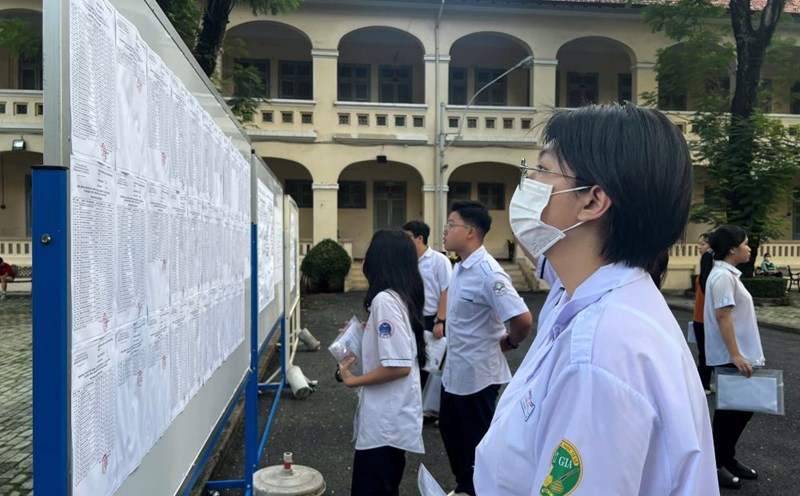
Starting on June 23, the first images from the 3,200 megapixel optical camera will be released. With the ability to capture a golf ball from a distance of 24 km, each photo from a machine will mark the beginning of a new era of astronomy.
camera LSST (Camera Large Synoptic survey Telescope - Heritage Survey of Space and Time) is the focus of Vera C Rubin Observatory. With a diameter of 1.57 meters, this is the camera with the largest lens ever built, setting a Guinness World Record. Behind is a system of 189 hypersensitive CCD sensors, cooled to -100°C to reduce electronic interference. Combined together, they will create clear images of the universe.
When active, the camera will take a photo of the southern sky, scanning through 3.5 degrees of the sky at each time, about 7 times the width of the moon. Then, with a deep mechanical sweep of the starburst, the Galaxy will move to the next layer. This process will be repeated 1,000 times a night over the next decade.
Each image from the LSST Camera will contain more than 3 billion photo points, enough to fill 400 4K TV screens. The astronomical glass will continuously scan the sky, creating a dynamic map of the universe, making a list of more than 20 billion galaxies, monitoring satellites near Earth, observing explosive stars.
The device is expected to help answer some of the most profound questions in physics. In particular, scientists hope the Observatory will enlightlight dark matter and dark energy, two invisible forces that dominate the structure and fate of the universe.
LSST cameras do not work alone but combine with a complex mirror system, including an 8.4 m main mirror and a 3.5 m secondary mirror. They collect and direct light through the camera lens and into the CCD detector. After taking photos, the data will be published, allowing scientists around the world to study millions of photos and petabyte records over many years.










